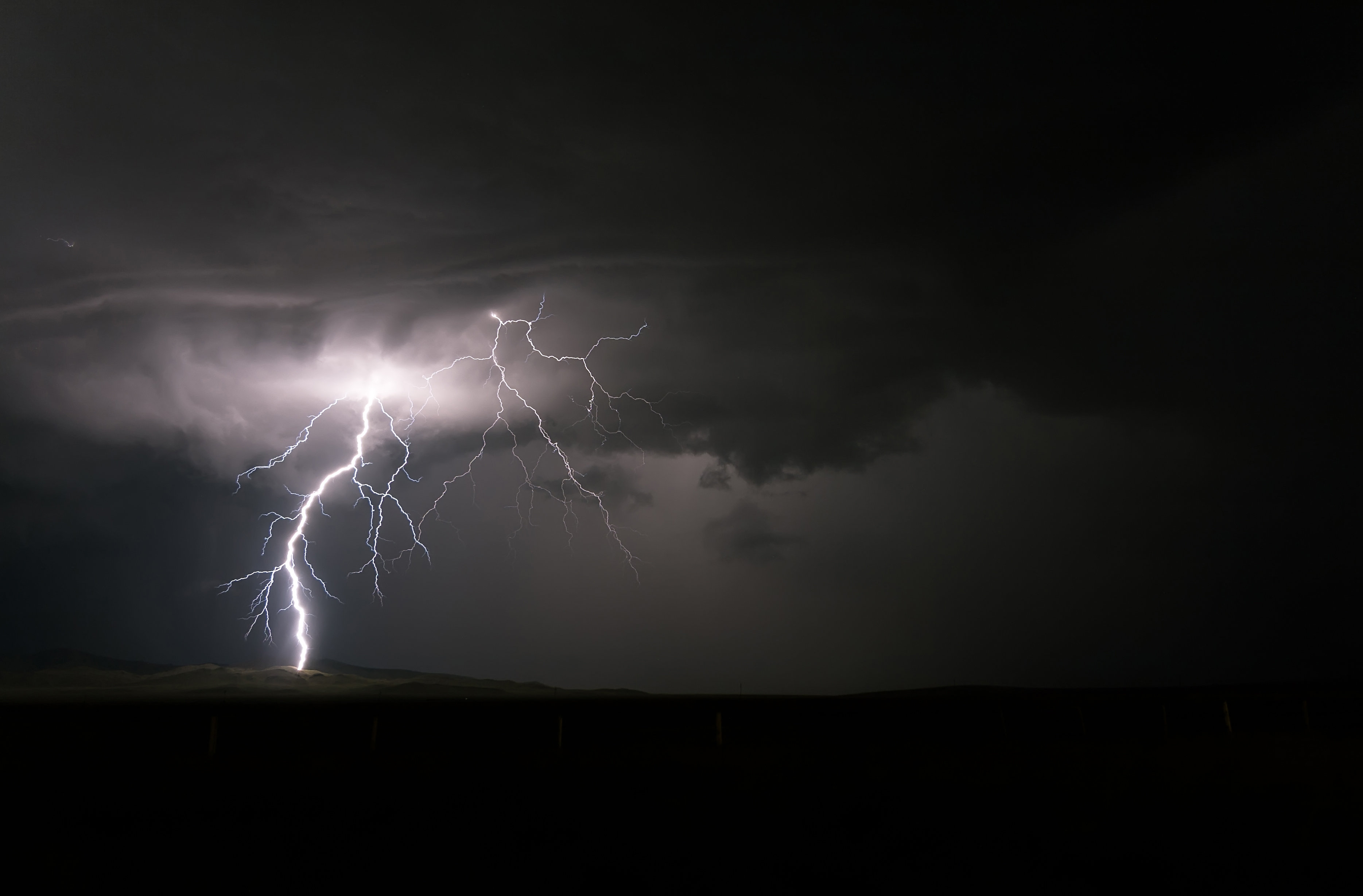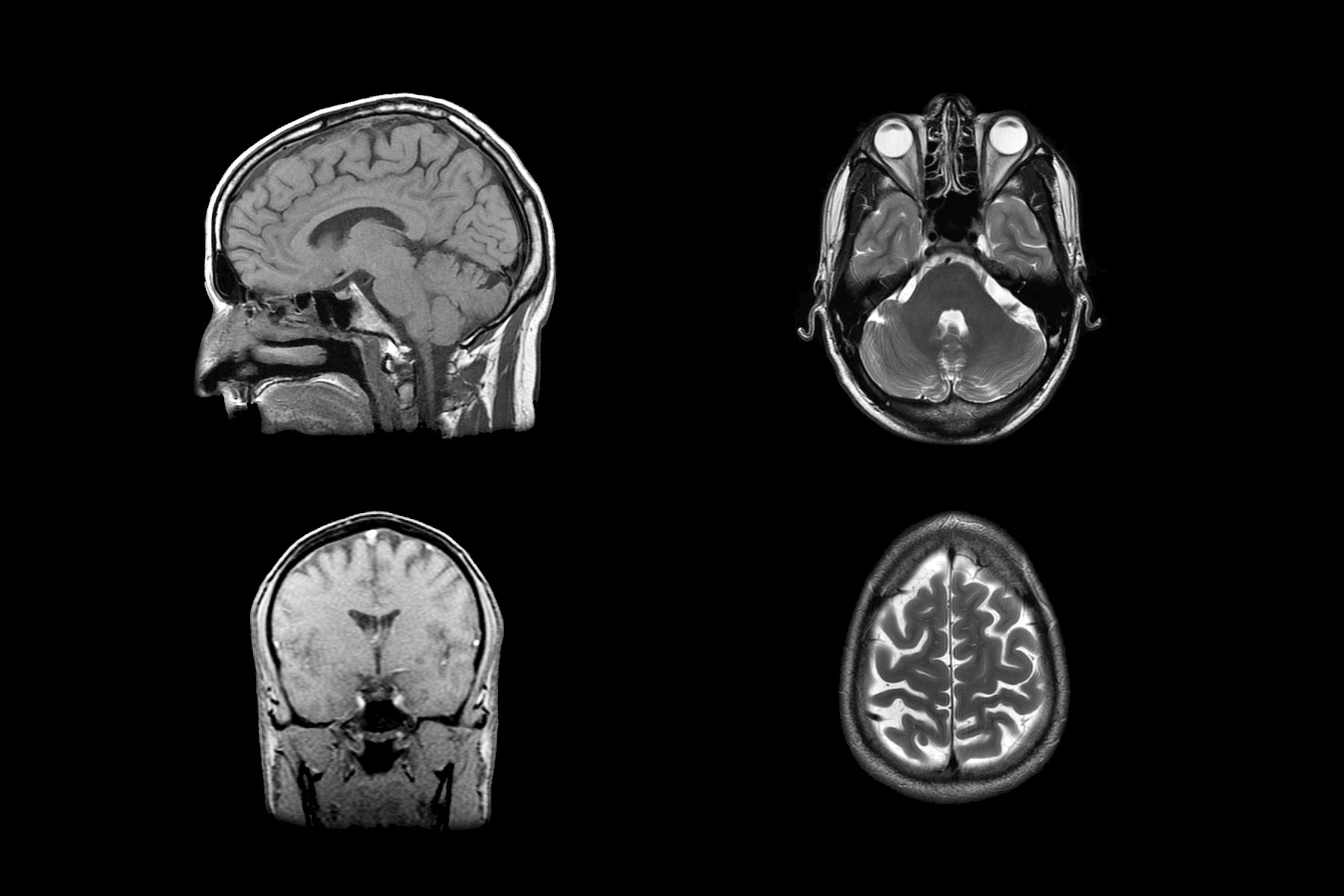
Health & Medicine
Breakthrough: Medicinal cannabis and severe epilepsy

A new tool can predict the likelihood of epileptic seizures, paving the way for a forecasting app that could be used every day
Published 27 July 2017
Every morning you wake up and check the weather app on your smartphone, to see if it will rain. If the forecast probability is high enough, let’s say 80 per cent, you decide to bring an umbrella to work.
Now, imagine waking up and not knowing if you will have a seizure that day. You might not be able to go to work at all. This is the uncertainty faced by people with epilepsy every day. An app providing a daily seizure forecast would be life changing – and that is exactly what our team of neuro-engineering researchers at the University of Melbourne is developing.
Led by Professor Mark Cook, our team has recently published a powerful new framework for seizure forecasting. Published in Brain Journal of Neurology, it is the longest forecasting study (where data is used to make reliable predictions about the future) undertaken in humans.

The framework paves the way for us to develop a daily seizure forecast app. We envisage users will be able to enter information about their seizure activity, medication and other lifestyle factors that can be combined with environmental data and brain recordings. This information will then be aggregated to tell the user how likely they are to have a seizure that day.
Depending on personal preference and the acuity of the forecasting model, seizure likelihood can be presented as five risk levels, corresponding to 20 per cent increments of increasing seizure likelihood. After long-term monitoring the forecasts can be personalised, in response to individual seizure patterns.
Providing patients with probabilities, rather than certainties, is a more realistic way to forecast seizures. People with epilepsy can then tailor their lifestyles to minimise their risk. For instance, only exercising when their seizure forecast drops below 20 per cent, or taking additional protective measures once the forecast climbs above 80 per cent.

Health & Medicine
Breakthrough: Medicinal cannabis and severe epilepsy
Previous attempts to develop prediction systems for epilepsy patients have almost always failed due to low volumes of data. To combat this problem, long-term analysis was critical, and so we used the world’s longest continuous database of brain recordings as our dataset. This data were recorded from the surface over the brain during a previous trial for an implantable seizure warning device, which ran three years and involved fifteen patients with drug resistant epilepsy.
The results from this study showed that seizure prediction was feasible; however, the performance was not successful for all patients. We have now used the same data to show seizure forecasting is viable for more people. The framework we applied provides better predictive performance than any other method previously trialled.
Our results come at an exciting time for epilepsy patients. Colleagues have recently developed an implantable device that can continuously monitor the electrical activity of the brain. Unlike our previous device trial, this new implant records from outside the skull, meaning it is less invasive and can be offered to many more patients. Together, these two studies represent the hardware and software components required to make seizure forecasting a reality for people with epilepsy.

To date, much of the work in the field of seizure prediction has focused on answering a definitive question – will someone have a seizure, or not? But this ignores the subtleties of brain dynamics. For instance, we know that the brain can enter an excited state, where a seizure is more likely, but not certain. Forcing a forecast to take on only two possible outcomes means that these highly excitable states are misdiagnosed, making it difficult to refine or improve predictions.

Health & Medicine
Understanding epilepsy
To reflect the brain’s changing state a more useful question to ask is: “What is the probability a person will have a seizure in the next hour?” Treating seizure likelihood as a continuum, rather than a duality (you will/will not have a seizure), makes forecasts more flexible. Many factors affect the excitability of the brain and, as a result, someone’s risk of seizure changes throughout the day.
This work builds on a study from 2016, published in Brain Journal of Neurology, where we proved that some people have seizures far more often at certain times of the day. We expected seizures to cluster at certain times of day, but were surprised by just how distinctive patterns were between patients. Our next question was: “How can these patterns be used to improve prediction strategies?”
Our latest results show patterns of seizure occurrence can be combined with existing models to provide patients with more useful, flexible forecasts. The hope is that these forecasts will become seamlessly integrated into the lives of people with epilepsy.
Just as the hourly weather report guides decisions and daily activities, a regular seizure forecast will enable people with epilepsy to regain independence.
Banner image: iStock